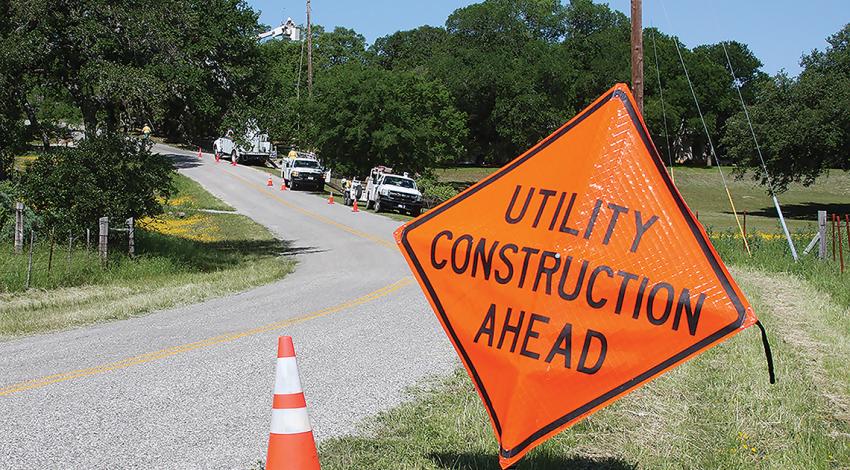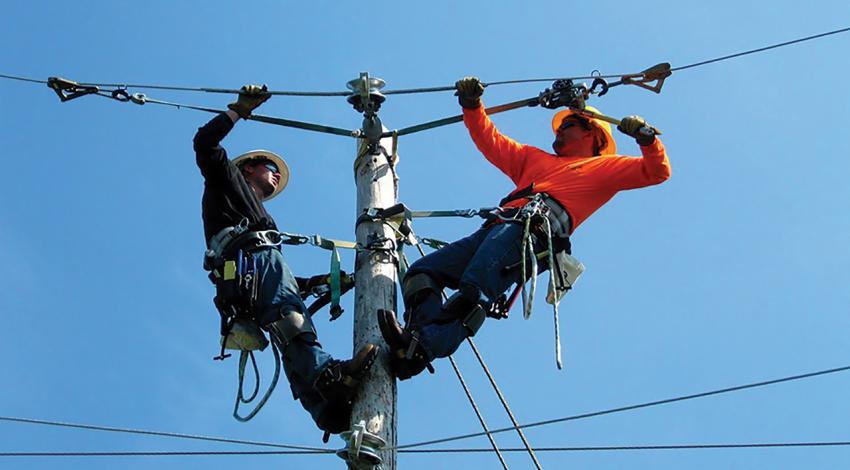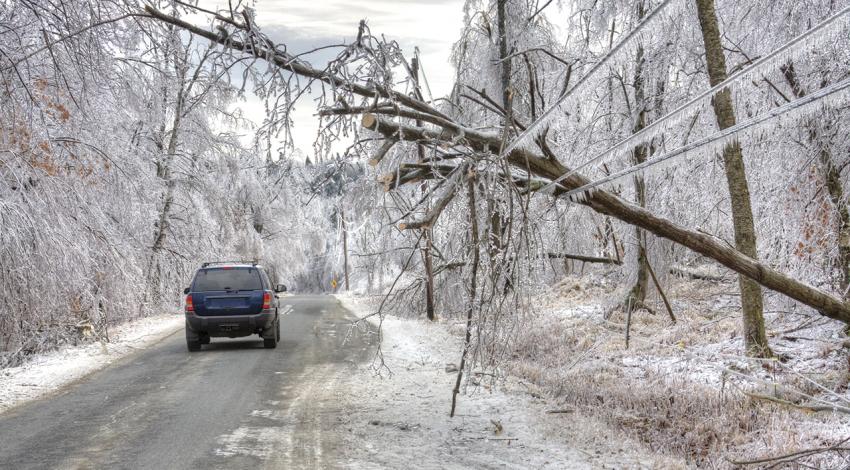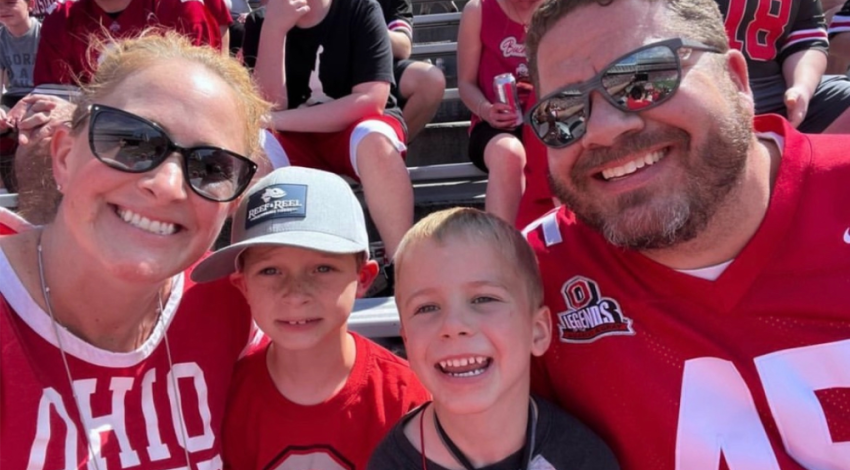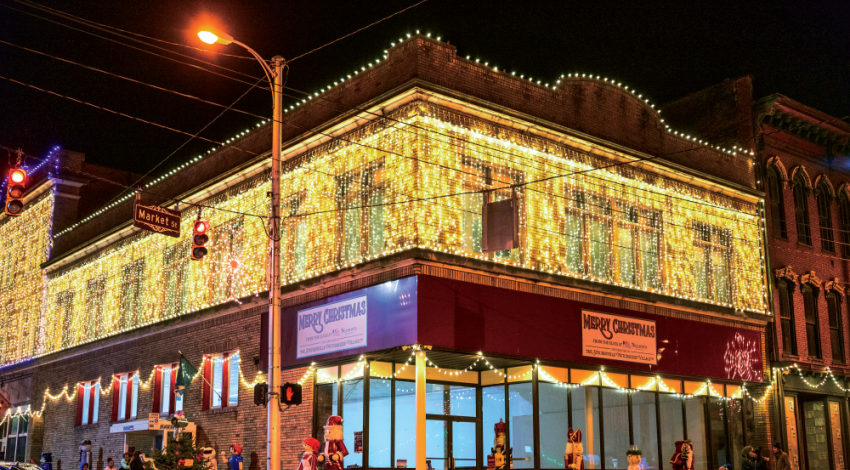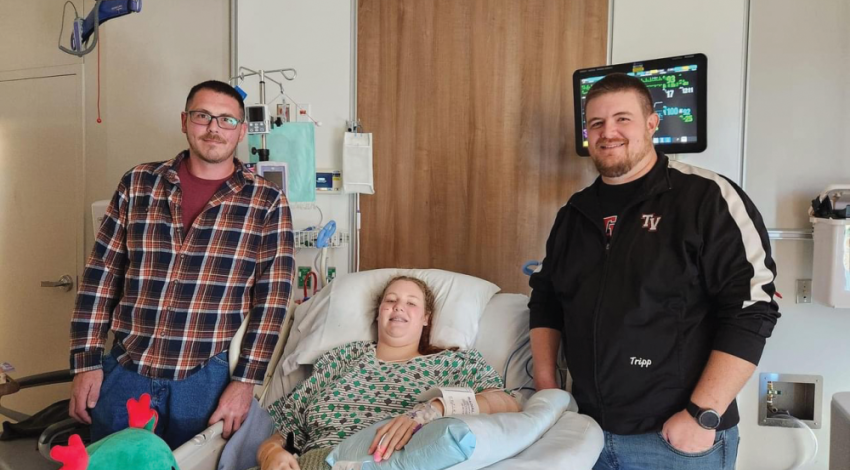Electricity is truly remarkable. It’s everywhere — lighting up our homes, powering TVs and refrigerators, charging phones we rely on daily, and generally changing our lives in ways we almost take for granted. It feels like it’s always been here.
That’s not the case, of course. It’s worth remembering that, though electricity now runs almost every part of our routines, most homes and businesses in rural parts of the United States didn’t have electricity available to them until the mid-1930s.




